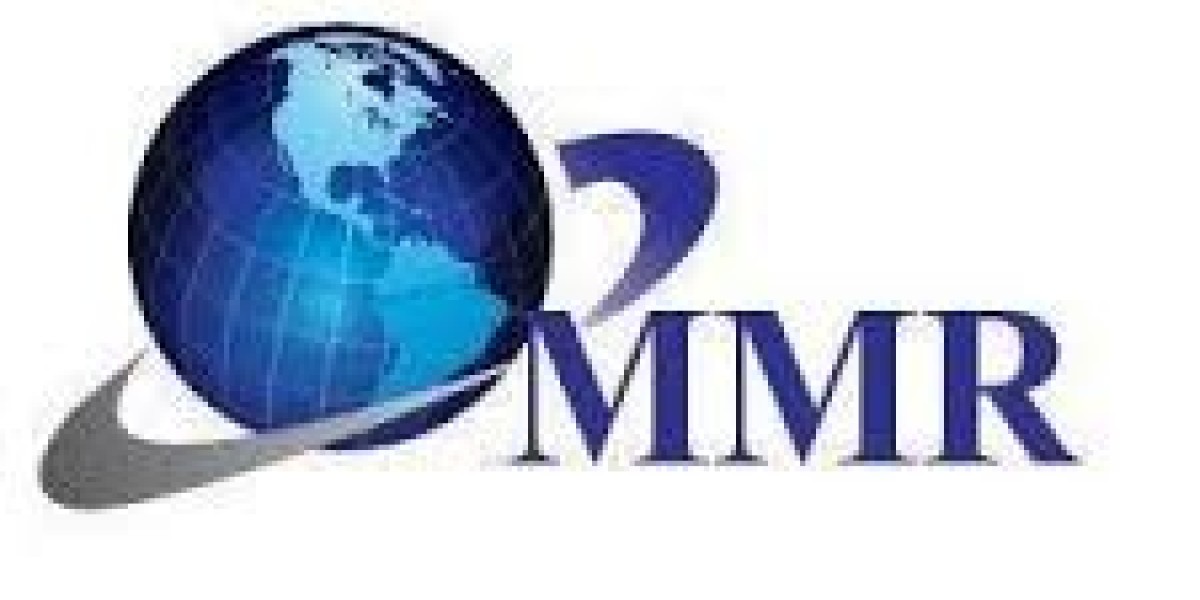Introduction
The fuel cell buses market is rapidly gaining traction worldwide. As cities seek sustainable and efficient public transport solutions, fuel cell technology offers a promising alternative to traditional diesel-powered buses.
Benefits of Fuel Cell Buses
Fuel cell buses present numerous advantages over their diesel counterparts. Firstly, they produce zero emissions, significantly reducing urban air pollution. This contributes to healthier cities and mitigates the impact of climate change. Moreover, these buses are quieter, enhancing the urban environment by reducing noise pollution.
Secondly, fuel cell buses have a longer range compared to battery electric buses. This makes them ideal for long routes and minimizes the need for frequent recharging. Consequently, cities can maintain their public transport schedules more effectively.
Technological Advancements in Fuel Cell Buses
Recent years have seen significant technological advancements in the fuel cell buses market. Improvements in hydrogen storage and fuel cell efficiency have made these buses more viable. Enhanced fuel cells now provide higher energy density, translating to better performance and longer operational ranges.
Additionally, innovations in hydrogen production and distribution have lowered costs. Green hydrogen, produced using renewable energy sources, has become more accessible. This not only makes fuel cell buses more economically feasible but also ensures the entire process remains environmentally friendly.
Market Trends and Growth
The global market for fuel cell buses is on an upward trajectory. Governments worldwide are implementing policies to promote clean energy and reduce greenhouse gas emissions. Subsidies, grants, and favorable regulations are driving the adoption of fuel cell buses. For instance, several European countries have launched initiatives to replace old diesel buses with fuel cell alternatives.
Asia-Pacific is emerging as a key player in this market. Countries like China, Japan, and South Korea are investing heavily in hydrogen infrastructure. These nations aim to lead the world in hydrogen technology and fuel cell bus deployment. Their investments are likely to spur market growth and technological advancements globally.
Challenges and Opportunities
Despite the promising outlook, the fuel cell bus market faces several challenges. High initial costs and limited hydrogen refueling infrastructure are significant barriers. However, ongoing research and development efforts aim to overcome these hurdles. As technology advances and production scales up, costs are expected to decrease.
On the other hand, there are ample opportunities for growth. The increasing focus on sustainability and the push for greener urban mobility create a favorable environment for fuel cell buses. Collaborations between governments, manufacturers, and energy providers can accelerate market expansion and infrastructure development.
Conclusion
The fuel cell buses market represents a transformative shift in public transportation. With their environmental benefits, technological advancements, and supportive market trends, fuel cell buses are poised to revolutionize urban mobility. Overcoming current challenges will be crucial, but the future looks promising for this innovative mode of transport. As cities and nations strive for sustainable solutions, fuel cell buses will undoubtedly play a pivotal role in shaping the future of public transit.







